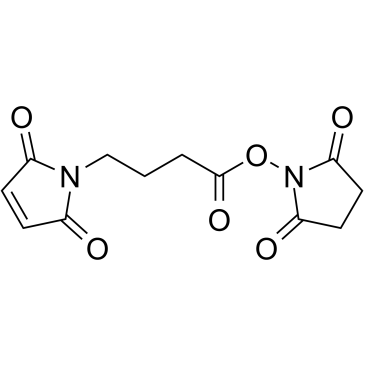Developing a programmed restriction endonuclease for highly specific DNA cleavage.
Kristin Eisenschmidt, Thomas Lanio, András Simoncsits, Albert Jeltsch, Vera Pingoud, Wolfgang Wende, Alfred Pingoud
文献索引:Nucleic Acids Res. 33(22) , 7039-47, (2005)
全文:HTML全文
摘要
Specific cleavage of large DNA molecules at few sites, necessary for the analysis of genomic DNA or for targeting individual genes in complex genomes, requires endonucleases of extremely high specificity. Restriction endonucleases (REase) that recognize DNA sequences of 4-8 bp are not sufficiently specific for this purpose. In principle, the specificity of REases can be extended by fusion to sequence recognition modules, e.g. specific DNA-binding domains or triple-helix forming oligonucleotides (TFO). We have chosen to extend the specificity of REases using TFOs, given the combinatorial flexibility this fusion offers in addressing a short, yet precisely recognized restriction site next to a defined triple-helix forming site (TFS). We demonstrate here that the single chain variant of PvuII (scPvuII) covalently coupled via the bifunctional cross-linker N-(gamma-maleimidobutryloxy) succinimide ester to a TFO (5'-NH2-[CH2](6 or 12)-MPMPMPMPMPPPPPPT-3', with M being 5-methyl-2'-deoxycytidine and P being 5-[1-propynyl]-2'-deoxyuridine), cleaves DNA specifically at the recognition site of PvuII (CAGCTG) if located in a distance of approximately one helical turn to a TFS (underlined) complementary to the TFO ('addressed' site: 5'-TTTTTTTCTCTCTCTCN(approximately 10)CAGCTG-3'), leaving 'unaddressed' PvuII sites intact. The preference for cleavage of an 'addressed' compared to an 'unaddressed' site is >1000-fold, if the cleavage reaction is initiated by addition of Mg2+ ions after preincubation of scPvuII-TFO and substrate in the absence of Mg2+ ions to allow triple-helix formation before DNA cleavage. Single base pair substitutions in the TFS prevent addressed DNA cleavage by scPvuII-TFO.
相关化合物
| 结构式 | 名称/CAS号 | 分子式 | 全部文献 |
|---|---|---|---|
 |
N-(4-马来酰亚胺丁酰基)琥珀酰亚胺
CAS:80307-12-6 |
C12H12N2O6 |
|
Highly efficient capture and harvest of circulating tumor ce...
2015-04-01 [Biomed. Microdevices 17(2) , 39, (2015)] |
|
A chitosan coated monolith for nucleic acid capture in a the...
2014-07-01 [Biomicrofluidics 8(4) , 044109, (2014)] |
|
Expansion of CTCs from early stage lung cancer patients usin...
2014-12-15 [Oncotarget 5(23) , 12383-97, (2015)] |
|
Investigation on the reaction conditions of Staphylococcus a...
2014-08-01 [Anticancer Res. 34(8) , 4521-7, (2014)] |
|
Comparison of antibody functionality using different immobil...
2003-10-20 [Biotechnol. Bioeng. 84(2) , 215-23, (2003)] |